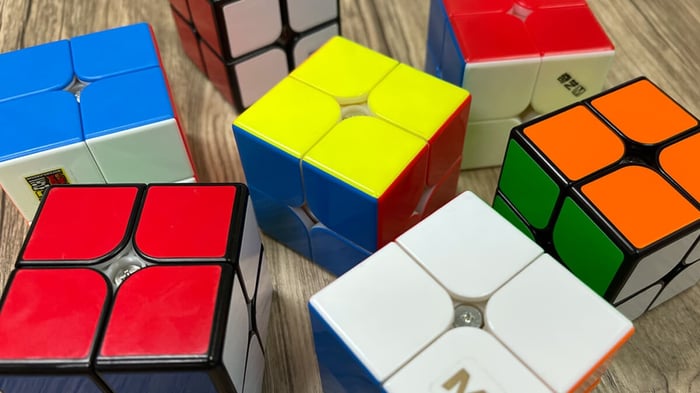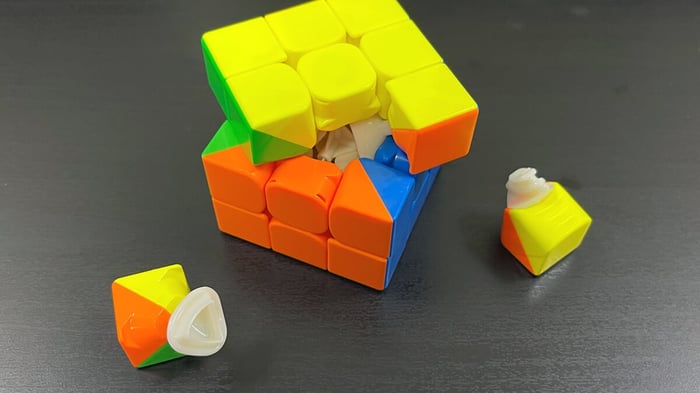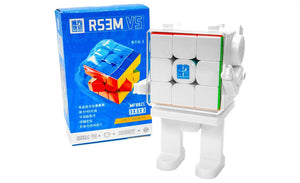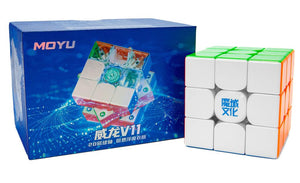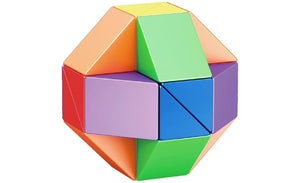Introduction
You may have heard other cubers talking about "corner cutting" and wondered "what is that?" In this article, we explain what the term means, what puzzles have corner cut the best, and how much it matters when solving.
What is it?
Corner cutting is how much a puzzle can make a turn before completing a previous turn. For instance, turning the U or upper layer 45° then turning R or right layer 90° clockwise on most modern cubes will cause the U layer to snap" or cut the corner. Modern puzzles can cut extreme angles, however, the amount a puzzle is able to cut is heavily linked to the tension (see below), the tighter the tension the less it can corner cut, the looser the tension the easier it is for it to cut.

GIF of a standard cut
Regular corner cutting is similar to standard corner cutting, but instead of turning a layer clockwise, instead, the layer is turned counter-clockwise.
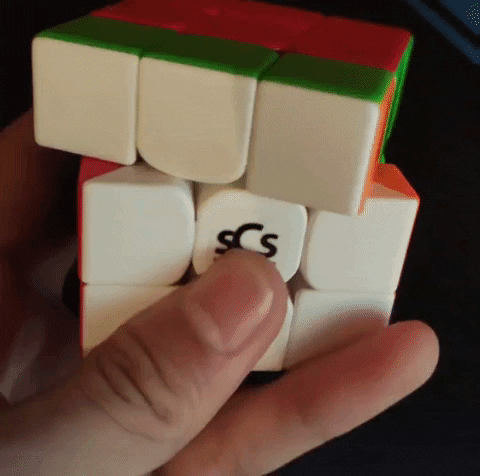
A reverse cut
What puzzle is the best?
Most of the modern puzzles from 2016 onwards have very good corner cutting, starting with the Valk 3 3x3, released back in 2016. Even budget puzzles nowadays can cut past 45
Some notable recent budget puzzles that have exceptional corner cutting include
Some midrange puzzles we love for their corner cutting are
Read our full article on what is the best speed cube?
How much does it matter?
You may find a marginal improvement with puzzles with higher levels of corner cutting if you have an accurate turning style. However, you may find it more enjoyable to turn these puzzles as they are much more forgiving - especially in a competition environment where nerves are high.
If you have very rough turning, you will find a lot of benefits in puzzles with better performance, as your lack in turning accuracy is made up for the puzzle's ability to cut corners.
Conclusion
- Corner cutting is where a turn on a puzzle is not fully completed before another turn is made on the puzzle
- No puzzle is necessarily the best - most modern puzzles have corner cut over 45° with little to no effort
- If you have inaccurate turning you may benefit a lot from puzzles that corner cut well to compensate for inaccuracy in your turning




